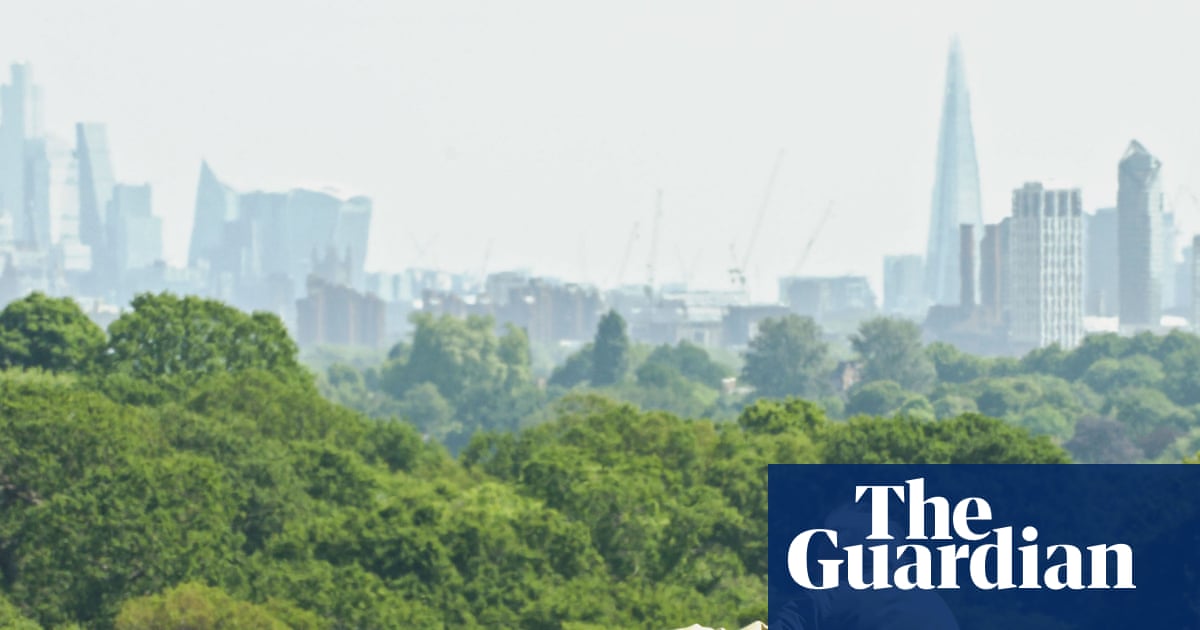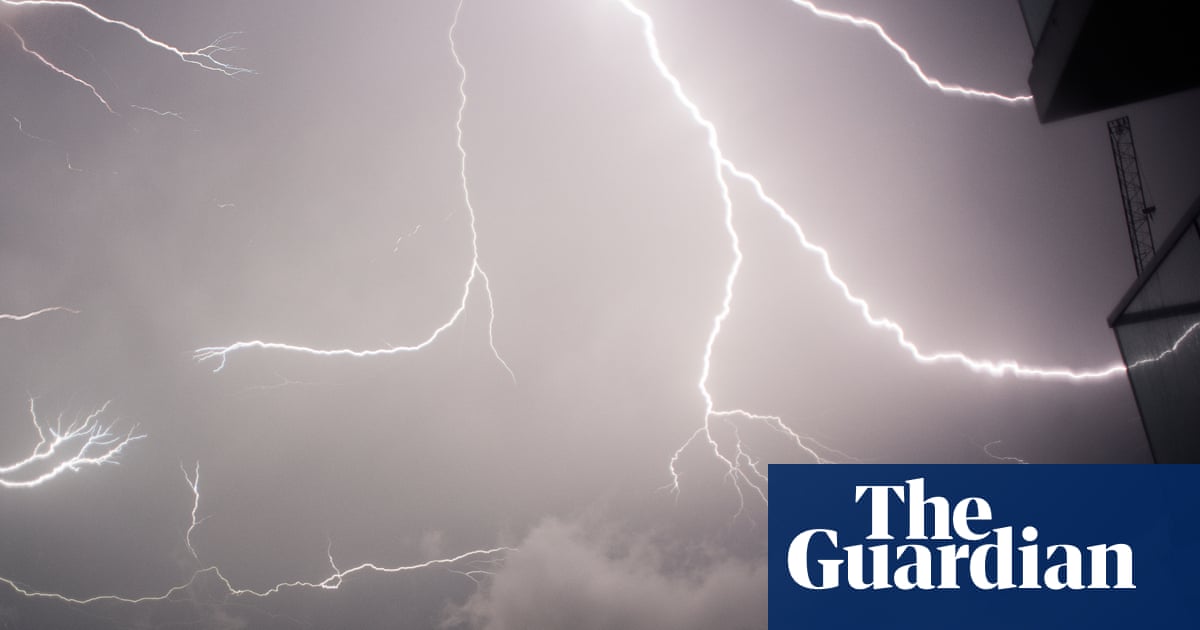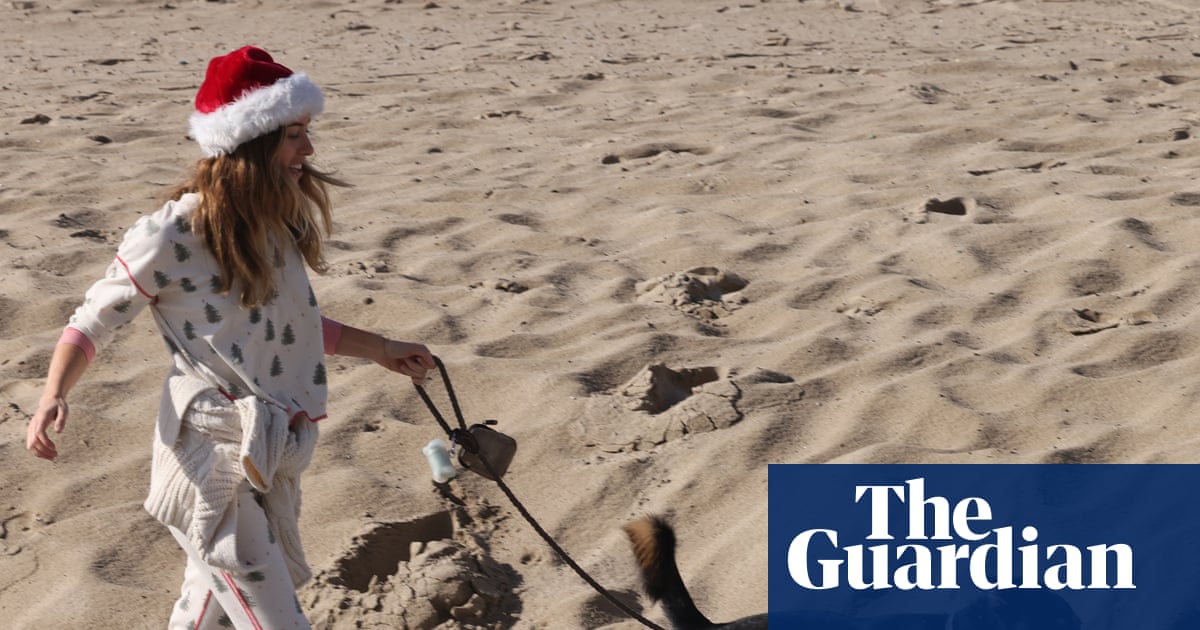The area of England protected effectively for nature is continuing to decline, according to data from the country’s largest coalition of wildlife organisations, as experts say the government is allowing habitats to deteriorate.
The government is under a legal obligation to protect 30% of land and sea in the UK for nature by 2030, a pledge made in 2020 by the then prime minister, Boris Johnson. At the moment, however, 2.83% of England is well protected for nature, 2.4% of Wales, 4% of Northern Ireland and 12.6% of Scotland. This gives an average of 6% of the UK as a whole, which is well below the target.
The area of England effectively protected for nature has declined from 2.93% in 2024, according to analysis by Wildlife and Countryside Link. The charity coalition looked at legally protected areas such as sites of special scientific interest (SSSIs), and analysed whether they were in good condition.
Its latest report says: “We can only be confident that 2.83% of England’s land is effectively protected and well managed for nature. This is a decrease from 2.93% in 2024 and 3.11% in 2023.
“This decrease is a result of a deterioration in the reported condition of some SSSIs, rather than a reduction in extent. 33% of SSSIs are in favourable condition in 2025, compared to 38% in 2021 and 39% in 2017.”
This could decline further, according to nature groups that have strongly criticised Labour ministers for the planning and infrastructure bill, which strips nature areas of legal protections that were previously enshrined under EU law. Guardian analysis recently found 5,000 nature sites are at risk under the proposed law, which is making its way through parliament.
Experts who wrote the report say the government is failing to protect nature in the UK in a number of ways, including that the pace of adding new protected areas is far too slow, and that many existing areas are still damaged or degraded as a result of insufficient or inappropriate management. They also say ministers often do not have the data they need to track biodiversity or plan recovery.
There are issues with the protection of ocean habitats, too. Although 38% of UK waters are designated as marine protected areas (MPAs), many remain exposed to damaging activities including bottom trawling, offshore energy development, pollution, dredging and cable laying. David Attenborough drew attention to the issue of bottom trawling earlier in the year with a film that showed the destructive practice, which wipes out all seabed life, is taking place in so-called protected areas.
The chief executive of Wildlife and Countryside Link, Richard Benwell, said: “With just five years left, the UK runs a real risk of missing its 30by30 nature target by a country mile. Protecting 30% of land and sea is not a luxury. It’s vital to halt wildlife decline and to secure the natural foundations of our health and economy.
after newsletter promotion
“The goal is still attainable, but only if ministers show real political will. A rapid rollout of new protected sites, along with better care for nature in our national parks and landscapes, could make this ambition a reality.”
A Defra spokesperson said: “Nature is not a luxury, it’s life itself, and as a proud nation of nature lovers the government is committed to turning the tide on its decline after years of neglect. We will publish our 30x30 action plan in due course, outlining the concrete and targeted actions we will take to achieve these targets.”

 3 months ago
54
3 months ago
54

















































